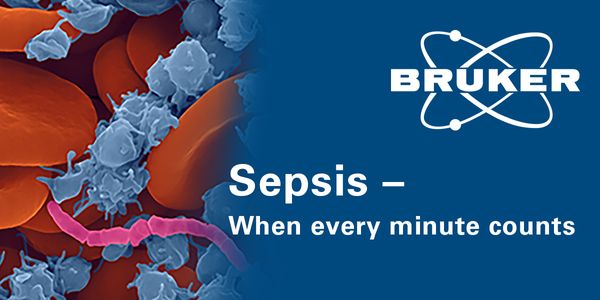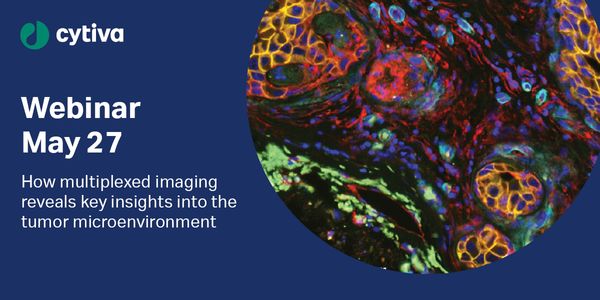Imaging
Imaging: the technique and process of creating visual representations of the interior of a body for clinical analysis and medical intervention, as well as visual representation of the function of some organs or tissues (physiology). Medical imaging seeks to reveal internal structures hidden by the skin and bones, as well as to diagnose and treat disease. Medical imaging also establishes a database of normal anatomy and physiology to make it possible to identify abnormalities. Although imaging of removed organs and tissues can be performed for medical reasons, such procedures are usually considered part of pathology instead of medical imaging.
-
Exploring the gains and challenges of digitizing your laboratory data. Where to start and what to consider for your first steps in tomorrow's lab. A practical approach for you and your l...
JUN 09, 2020 | 10:00 AM
DATE: June 9, 2020 TIME: 10:00am PT, 1:00pm ET The presentation will first discuss sepsis as a disease and then explain the importance of performing diagnostic tests in the clinical labora...
JUN 09, 2020 | 6:00 AM
DATE: June 9, 2020 TIME: 6am PT, 9am ET, 3pm CEST The importance of disposable plastic consumables and their overall impact on the experimental workflow of qPCR has been taken into considera...
JUN 09, 2020 | 9:00 AM
DATE: June 9, 2020 TIME: 9am SGT, 10am JST, 11am AEST The use of LC-MS/MS technologies in Endocrinology for clinical research is experiencing rapid growth....
In 2019, over 220,000 Canadians will be diagnosed with cancer and 82,000 will die of the disease. Approximately 90% of cancer related deaths are the result of metastatic disease. This is ind...
JUN 03, 2020 | 4:00 PM
The RNAscope in situ hybridization technology allows high sensitivity, specificity and spatial resolution providing pivotal single-cell gene expression information to gain better insights in...
Speaker:
Anushka Dikshit, PhD
Multiplex immunofluorescence IHC is a powerful technique to address the increasing research needs in immuno-oncology to better understand the tumor microenvironment. In this webinar, we will...
Speaker:
Alexandre Kehren, M.Sc.
Neoantigen based personalized immuno-oncology drugs are a relatively new therapeutic avenue that have shown strong anti-tumor efficacy in the clinic. Neoantigen peptides have been widely rep...
Speaker:
Samantha Zaroff, PhD
While providing indispensable insight into immune processes, the live cell imaging of immune cells poses unique challenges due to their non-adherent nature. Suspension cells such as immune c...
Speaker:
Jun Park, PhD
Gene manipulation studies in primary human immune cells can answer important biological questions within a clinically relevant cellular context. In this webinar we explore the use of several...
Speaker:
Verena Brucklacher-Waldert, PhD
JUN 03, 2020 | 12:00 PM
Multiplexed immunofluorescent imaging sheds new light on cancer and other complex conditions. This imaging technique offers a deeper understanding of cells and their surroundings by providin...
Speaker:
Paul Goodwin
, Fiona Ginty
, Prachi Bogetto
Understanding morphogenesis is an inherently four-dimensional problem, as cells change position in space and the embryo is transformed over time. Dorsal intercalation of epidermal cells in t...
A key step in the clinical production of CAR T cells is the expansion of engineered T cells. To generate enough cells for viable adoptive cell therapy, cells must be robustly stimulated, whi...
Speaker:
Pratip K. Chattopadhyay
























